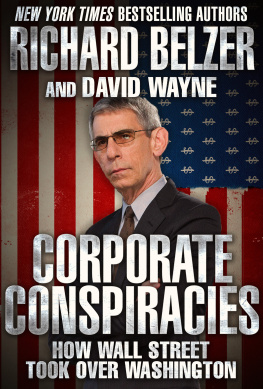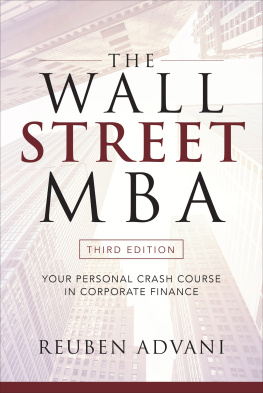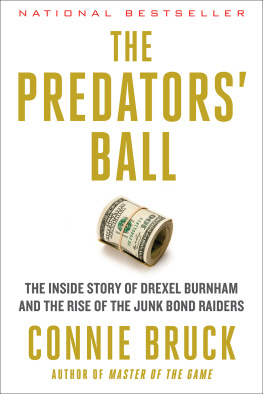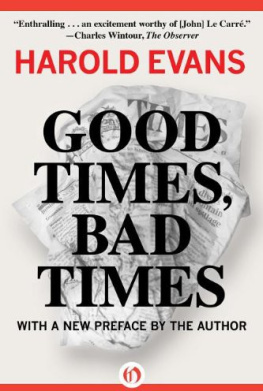Diana B. Henriques - The White Sharks of Wall Street: Thomas Mellon Evans and the Original Corporate Raiders
Here you can read online Diana B. Henriques - The White Sharks of Wall Street: Thomas Mellon Evans and the Original Corporate Raiders full text of the book (entire story) in english for free. Download pdf and epub, get meaning, cover and reviews about this ebook. year: 2001, publisher: Scribner, genre: Detective and thriller. Description of the work, (preface) as well as reviews are available. Best literature library LitArk.com created for fans of good reading and offers a wide selection of genres:
Romance novel
Science fiction
Adventure
Detective
Science
History
Home and family
Prose
Art
Politics
Computer
Non-fiction
Religion
Business
Children
Humor
Choose a favorite category and find really read worthwhile books. Enjoy immersion in the world of imagination, feel the emotions of the characters or learn something new for yourself, make an fascinating discovery.

- Book:The White Sharks of Wall Street: Thomas Mellon Evans and the Original Corporate Raiders
- Author:
- Publisher:Scribner
- Genre:
- Year:2001
- Rating:4 / 5
- Favourites:Add to favourites
- Your mark:
The White Sharks of Wall Street: Thomas Mellon Evans and the Original Corporate Raiders: summary, description and annotation
We offer to read an annotation, description, summary or preface (depends on what the author of the book "The White Sharks of Wall Street: Thomas Mellon Evans and the Original Corporate Raiders" wrote himself). If you haven't found the necessary information about the book — write in the comments, we will try to find it.
Long before Michael Milken was using junk bonds to finance corporate takeovers, Thomas Mellon Evans used debt, cash, and the tax code to obtain control of more than eighty American companies. Long before investors began to lobby for shareholders rights, Evans was demanding that public companies be run only for their shareholders -- not for their employees, their executives, or their surrounding communities. To some, Evanss merciless style presaged much that is wrong with corporate life today. To others, he intuitively knew what was needed to keep America competitive in the wake of a global war.
In The White Sharks of Wall Street, New York Times investigative reporter Diana Henriques provides the first biography of this pivotal figure in American business history. She also portrays the other pioneering corporate raiders of the postwar period, such as Robert Young and Louis Wolfson, and shows how these men learned from one another and advanced one anothers takeover tactics. She relates in dramatic detail a number of important early takeover fights -- Wolfsons challenge to Montgomery Ward, Youngs move on the New York Central Railroad, the fight for Follansbee Steel -- and shows how they foreshadowed the desperate battle waged by Tom Evanss son, Ned Evans, to keep the British raider Robert Maxwell away from his Macmillan publishing empire during the 1980s.
Henriques also reaches beyond the business arena to tally the tragic personal cost of Evanss pursuit of success and to show how the family dynasty shattered when his sons were driven by his own stubbornness and pride to become his rivals. In the end, the battling patriarch faced his youngest son in a poignant battle for control at the Crane Company, the once-famous Chicago plumbing and valve company that Tom Evans had himself seized in a brilliant takeover coup twenty-five years earlier.
The White Sharks of Wall Street is a fascinating portrait of an extraordinary man, whose career blazed across the sky and then sank into obscurity -- but not before he had provided the template for how American business would operate for the next four decades.
Diana B. Henriques: author's other books
Who wrote The White Sharks of Wall Street: Thomas Mellon Evans and the Original Corporate Raiders? Find out the surname, the name of the author of the book and a list of all author's works by series.







